
Editor's Note: This story originally appeared on NewRetirement.
Tax season is upon us.
This is a great time to think about your future plans and how you can position yourself to reduce your tax expenditures. Future taxes, particularly in retirement, can be surprising.
Here are tips for keeping more of your money in the future.
1. Yes, You’ll Still Pay Taxes After Retirement (and It Might Be a Big Budget Item)

The average American pays about $10,500 a year in total income taxes — federal, state and local. Of course, many households pay a lot more and some people pay nothing at all — depending on your income level.
Ten thousand dollars is a big chunk — about 14% — of the average budget. So, if you think about it, taxes can be a bigger lever in your budget than investment returns, cutting expenses, or waiting to claim Social Security for a bigger benefit check.
While taxes ARE lower for many older people, it is worth worrying about your future tax bill.
Taxes fall as you get older primarily because most retirees have less taxable income. However, if your income is high, you will want to explore options to manipulate income to optimize for lower taxes.
2. Prepare Yourself: Taxes in Retirement Can Be Extra Annoying

When you are working, income taxes are often taken out of your paycheck. It is an almost invisible expense.
However, when you are retired, taxes are something that you more actively pay, making the bill’s sting more annoying and obvious.
3. Tax Planning Should Be a Big Part of Your Retirement Plans

While taxes generally fall in retirement, they can still be a significant budget factor.
Darrow Kirkpatrick of Can I Retire Yet has done some really interesting analysis and came to the conclusion that it can often be incredibly important to do a good job of predicting taxes as part of your detailed retirement plan.
He says, “If you make a major mistake [about taxes], you could throw off your retirement calculations by a significant factor. My One Retirement Number article showed that for a typical couple in retirement, the effective tax rate fluctuated dramatically — between zero and 23.8% — and there was NO simple single number you could choose to give the correct answer over an entire retirement!”
Other estimates suggest that for each 1% error in effective tax rate, you introduce an 8% error in your final savings balance.
4. Know Your Future Tax Rates

In retirement, you may have to estimate your future tax brackets in order to anticipate your expenses.
Overestimating and underestimating can both cause problems, so it might be a good idea to seek help from a financial advisor or accountant when estimating. Estimating your bracket should at least give you some idea of your projected expense.
First, add up your retirement income and determine at what age you will start receiving distributions from your various retirement savings vehicles. Remember that not all your retirement sources will be taxed the same way.
For example, a portion of your retirement income might be taxed at a lower rate until you start receiving higher distributions, or some of your income might not be taxable at all.
It’s also crucial to know your tax bracket for estimating how much you’ll pay in capital gains tax on the sale of any investments subject to the tax.
To calculate your estimated tax payments, you can use the worksheet with Form 1040 ES. Estimated tax payments are due each year on April 15, June 15, Sept. 15, and Jan. 15 of the following year.
5. Retiring Early? Know Your Options for Withdrawing From Retirement Accounts

If you are lucky enough to retire early, you’ll want to be careful about withdrawing from your retirement accounts. Traditional retirement savings vehicles like 401(k)s and IRAs enforce a 10% penalty for any withdrawals made before age 59.5.
However, there are a few ways around the rules. You may want to learn more about the 72(t) method and the rule of 55 – ways to make penalty-free withdrawals from your retirement accounts BEFORE you turn 59.5.
6. Stay Flexible

As you get older, most people have several different account types, which may include a brokerage account, a traditional tax-deferred account like an Individual Retirement Account (IRA) or a 401(k), and a Roth IRA in which you can withdraw tax-free.
“Conventional wisdom holds that you should start by drawing on the taxable assets and then move next to the tax deferred vehicles, saving the Roth, which is tax-free, for last,” explains Pamela Kornblatt, president of Tax Strategist, LTD, based in New York City.
She continues, “However it may not necessarily be advantageous to strictly follow this order, and it is in fact ideal to keep assets in each type of account to be able to tap into them throughout your lifetime.”
It’s a good idea to make sure you maintain assets in each of the three types of accounts, Kornblatt explains. “This allows for added flexibility to both help lower your overall tax burden and also spread taxes out over time so you don’t have to pay them all out at once,” she says.
7. Retirement May Be a Good Time to Consult a Tax Expert
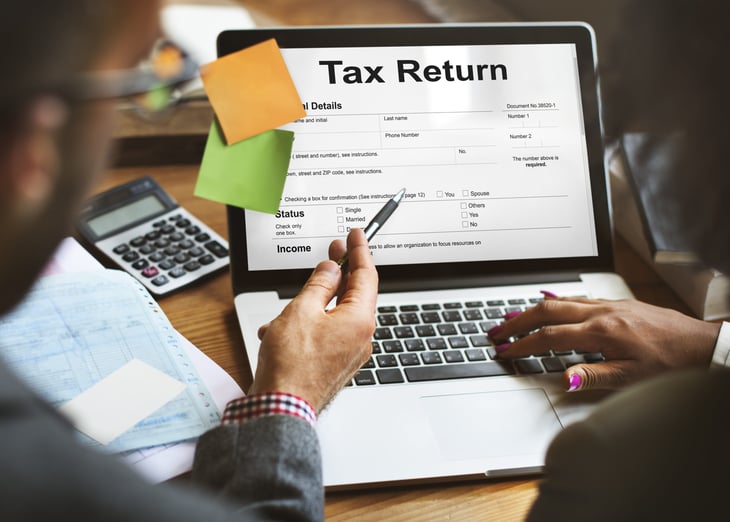
The process of trying to figure out where to take funds out of to minimize the impact of taxes is pretty complicated, especially when you throw in Social Security taxes and income from other sources, in some situations.
You might need an expert on the topic, Kornblatt points out.
“Every person has a unique tax situation and an adviser can customize an approach to ensure you have enough money to live on in as tax efficient a way as possible,” she says.
8. You Will Probably Continue to File Taxes with a 1040 and …
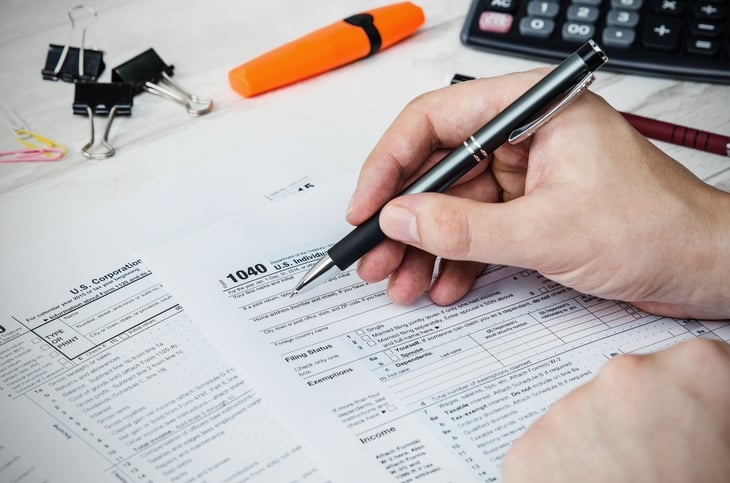
Most people file their taxes by using Form 1040 or the 10-40-SR, an optional alternative form for 65 and older. For most retirees, this will stay the same after you retire. The main difference is that you attach Form SSA-1099 to report Social Security benefits. And, if you have a pension, you will use Form 1099-R.
You will also need to report work income, annuities and savings withdrawals.
9. Pay Quarterly to Stay on Top of Retirement Taxes
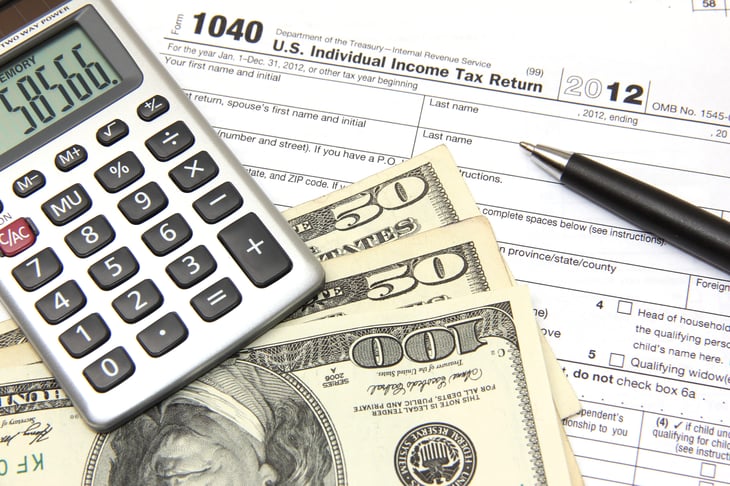
When you work, taxes are typically withdrawn from every paycheck. These withdrawals help ensure that you do not owe too much or too little in April.
You can request similar withholdings for your pension, Social Security, annuity and other retirement income sources using forms W-4, W-4P and W-4V.
However, if you are not doing automatic withholdings on taxable income, you will probably need to make quarterly tax payments.
The IRS has a very detailed publication that outlines Tax Withholding and Estimated Tax. Or use Form 1040-ES to estimate your payments.
10. Understand the Possible Penalties for Collecting Social Security and Working at the Same Time

Social Security work penalties are not technically a tax, but often thought of as one.
Working as long as possible is a tried and true way to give you a more secure retirement. However, there are definite implications for collecting Social Security and working at the same time:
- If you have reached your “full retirement age,” then you keep all of your Social Security benefits — no matter how much you earn.
- If you are younger than your full retirement age and earn more than certain amounts, then your Social Security benefits will be reduced. (However, these amounts are not fully lost. They are added back into benefits starting at your full retirement age.)
You can learn more from the Social Security Administration, “How Work Affects Your Benefits.”
11. Working for Yourself? Try This
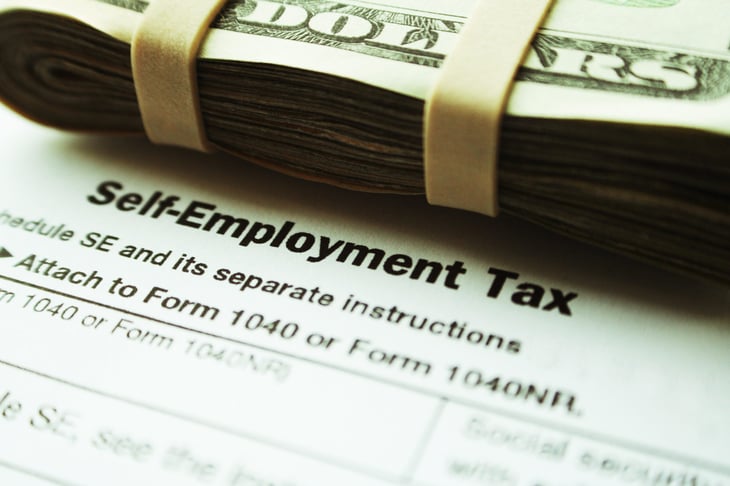
Many retirees start their own businesses. If this is you, did you know that you can deduct the premiums you pay for Medicare Part B and Part D plus the costs of supplemental Medicare or Medicare Advantage?
12. Have Income? Make It Nontaxable!

If you are not yet retired, you certainly have income from work. Already retired? You may have taxable income from withdrawals, passive investments and more.
No matter your retirement status, retirement tax planning often means keeping your taxable income under certain thresholds. To do this, you can take “deductions.” Deductions are a way to turn taxable income into nontaxable income.
Here are a few ways to make your retirement income nontaxable.
Add to Retirement Savings

So long as your income is below a certain threshold, any money you put into a 401(k), 403(b) or IRA (a traditional IRA, not a Roth IRA) will not be taxed.
Add Even More to Retirement Savings If You Are Over 50

Catch-up contributions are the IRS’s way of making it easier for savers age 50 and up to tuck away enough retirement savings.
You probably already know that there’s a limit to how much you’re allowed to save in tax-advantaged retirement account such as IRAs and 401(k)s. Well, once you reach age 50, you’re allowed to make additional “catch-up” contributions over and above those annual contribution limits.
Learn more about catch-up contributions!
Put Money in a Health Savings Account (HSA)
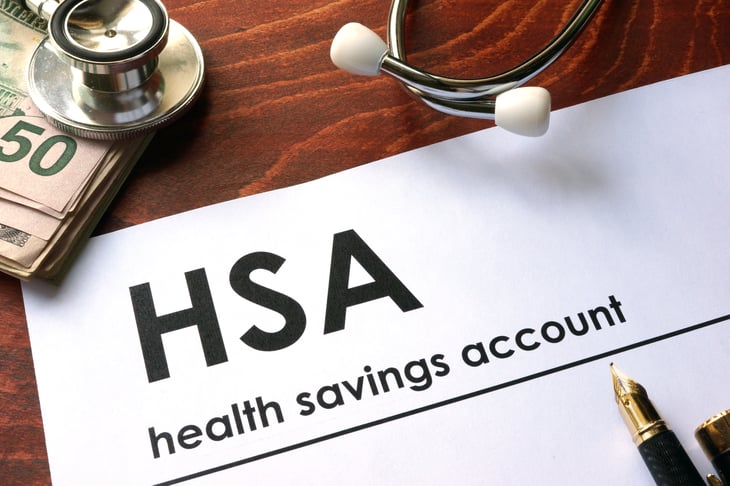
Funding health care is expensive. However, you can make your spending a little more efficient by utilizing a health savings account (HSA).
Money you put in an HSA is deductible up to $3,650 for individuals and $7,300 for families in 2022 – plus an additional $1,000 if you are over 55. And, 2023 limits are $3,850 for individuals and $7,750 for families, plus the additional $1,000 catch up for those over 55.
Besides the savings being nontaxable, distributions from the HSA are also tax-free when they are used to pay medical expenses.
Discover more about “Why an HSA Is a Great Retirement Savings Option.”
Debt, State Taxes, and Charitable Contributions

- The one advantage of debt: If you itemize your deductions, then the interest you pay on some debts — mortgages, student loans and more — is deductible.
- The one advantage of state taxes: Like debt, state and local taxes can be deducted if you itemize.
- Give a little, get a little: Charitable contributions of up to 50% of your adjusted gross income are also deductible if you itemize and give to a qualified charity.
13. Even Social Security Can Be Taxed

Social Security benefits are taxed only if your income exceeds a certain threshold.
- Federal Taxes: Income for federal taxes is defined as half your Social Security benefits, plus all other taxable income and some nontaxable income including municipal bond interest.
- State Taxes: You also need to know your state’s rules on taxing Social Security benefits if you live in one of the 13 states that do that (Colorado, Connecticut, Kansas, Minnesota, Missouri, Montana, Nebraska, New Mexico, North Dakota, Rhode Island, Utah, Vermont, and West Virginia).
14. Consider Bundling Medical and Charitable Deductions Into Certain Years

Because the threshold for deductions on medical expenses and charitable donations is higher, you may want to consider bundling those expenses into certain years and only claiming them every two or three years.
For example …
Max Out Medical Expenses
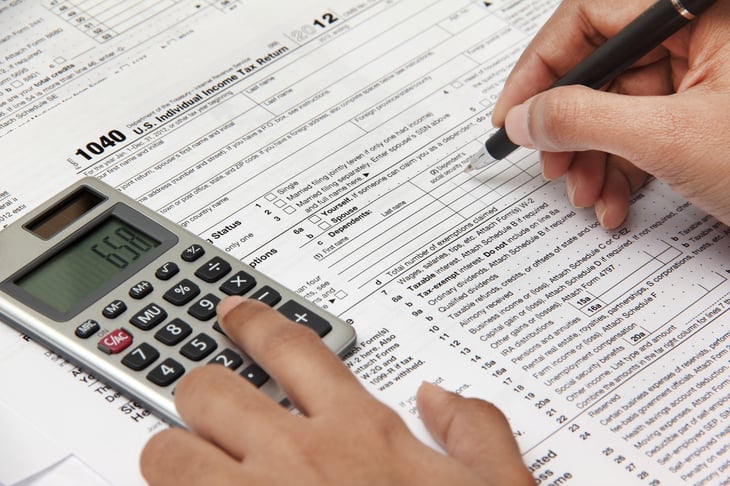
By grouping as many medical expenses as possible in a single year, you can maximize the deduction you get for those expenses. In 2023 you can only deduct expenses which exceed 7.5% of your 2022 adjusted gross income.
If you’ve already had some significant health care expenses for the year, see if you can move medical expenses that you’d normally take next year to the end of this one. For example, if you have a dentist appointment in January, move it to mid-December instead.
Long-Term Care Insurance

If you recently purchased long-term care insurance, you may be able to deduct the premiums.
The older you are, the more you can deduct. In 2023, the deductions for 2022 range from $450 for those under 40 to $5,640 if you are over 70. In 2023 the deductions range from $480 if under 40 to $5,960 if more than 70.
Charitable Donations

Instead of making annual charitable gifts, give two, three, or even five years’ worth of donations in a single year, then take a few years off.
Focusing all of your donations in a single year increases the value of deductions beyond the threshold for a single year, and then take the larger standard deduction in the “skip” years.
A Donor-Advised Fund (DAF) may be an option if you are bundling charitable expenses.
Per Fidelity, “A DAF may allow for tax-deductible contributions of cash or appreciated assets in a given year, but then control the timing of the distributions to charity in future years.”
This is probably a strategy you will want to discuss with a financial adviser.
15. Watch Out for Lump Sum Benefits

If you are planning on getting a lump sum payment from a pension or other source, you could be facing a big tax headache.
The company paying your benefit is required — by law — to withhold 20% of the money for taxes.
(You can likely recover the taxes, but it is complicated and the lump sum distribution can trigger all kind of annoyances and the very real possibility of penalties.)
You may be able to avoid the problem if you ask your employer to deposit your pension directly into a rollover IRA. The check can not be made out to you, it must be transferred directly into the IRA account.
16. Monitor Medicare Surtax for High Earners

A Medicare surtax, the Income-Related Monthly Adjustment Amount or IRMAA, will apply to the lesser of net investment income or the excess of modified adjusted gross income over $200,000 for single taxpayers and $250,000 for married couples filing jointly.
So, it may be worth keeping your income levels below these thresholds.
17. Your Retirement Savings and Taxes

When you finally leave the workforce for good, you may start relying on your savings for your income. Depending on what kind of savings or investment accounts you have, your tax obligations may vary.
- If you’ve invested in an Individual Retirement Account (IRA), your savings are tax-deferred, but you will have to pay once you start taking distributions — that is, when you withdraw the money.
- If you have money in a Roth IRA, then you paid taxes when you invested the money and all withdrawals are tax-free.
18. Are You Older Than 70 and Still Working? Do a Reverse Rollover

A reverse rollover — transferring funds from an IRA into your company 401(k) or 403(b) program — is an interesting tax strategy if you:
- Have money in an IRA account that will be subject to Required Minimum Distributions
- Do not NEED or want to withdraw funds from your IRA accounts
- Have access to a 401(k) or 403(b) program where you are currently working
Learn more about other ways to reduce the impact of Required Minimum Distributions.
19. Strategize for a Roth IRA
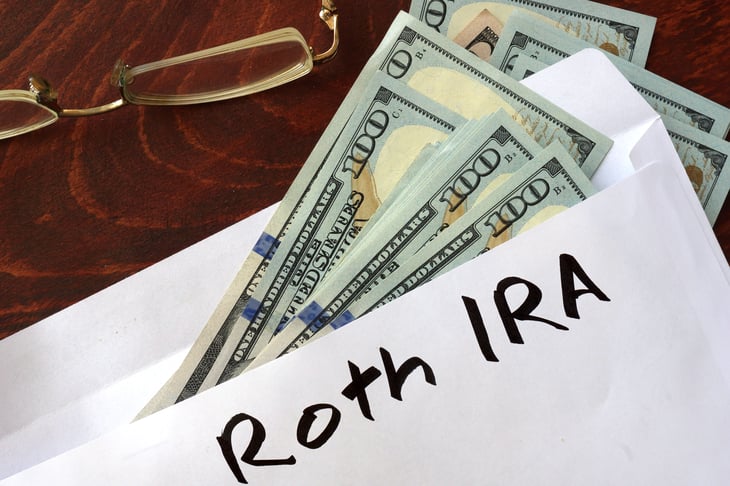
It can be a bit of a game to figure out how to save the most money on taxes with regards to IRAs, 401(k)s and Roth IRAs.
There are multiple strategic decisions to make …
Should You Save Your Money in a Roth or Traditional Account?

You have options for saving your money. You can avoid taxes up front and save in a traditional IRA or 401(k), paying taxes when you withdraw funds (when you may be in a lower tax bracket). Or, you can pay taxes now, but avoid paying taxes on your gains if you save in a Roth account.
- Money in a traditional 401(k) or IRA grows tax deferred, meaning that you pay taxes on the money when you withdraw the funds (and no taxes at all when you invest the money).
- Money in a Roth account grows tax free. Contributions to this account are made with after-tax earnings, but you owe zero taxes when you withdraw the funds — no matter how much the account has grown. (Another difference is that Roth IRAs do not have Required Minimum Distributions (RMD), although Roth 401(k)s do.)
Should You Do a Roth Conversion?
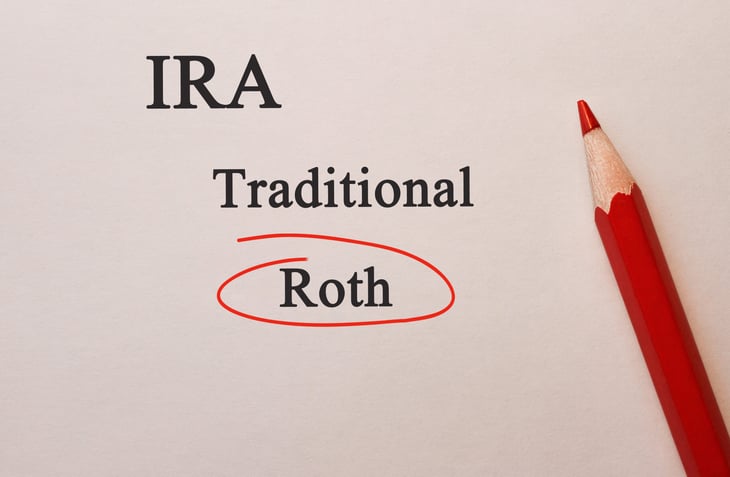
If you have savings in a traditional retirement account, you may want to strategically convert some of that money into a Roth account.
A Roth conversion is when you take money from your traditional IRA or 401(k) and convert it into a Roth account. The downside is that you must pay taxes on the money you convert. The good news? All future growth in the Roth account can be withdrawn tax free.
Knowing when to do a conversion can be confusing. You need to calculate current and future tax brackets, rates of return, withdrawal needs, and more.
Explore five circumstances where a Roth conversion might be a good idea.
20. Taxes After Retirement: Plan for Required Minimum Distributions

According to the IRS, a required minimum distribution is the minimum amount you must withdraw from your tax advantaged savings accounts each year.
You generally have to start taking withdrawals from your IRA, SEP IRA, SIMPLE IRA or other retirement plan account if you have reached age 73. The RMD age has been raised to 73 starting in 2023 and it will be 75 in 2033. Roth IRAs do not require withdrawals until after the death of the owner.
You must also make minimum withdrawals from your 401(k) by age 73 or when you retire.
If you do not make these withdrawals on schedule, the IRS will assess a rather large penalty of 50% of the amount that should have been withdrawn.
The IRS has more information on Required Minimum Distributions (RMDs).
21. Thinking of Relocating? Consider the Best States to Retire in for Taxes!

Most of the wisdom shared above is most relevant to federal taxes. However, state taxes can take a big bite out of your retirement nest egg as well.
If you are considering relocating for retirement, you might as well look at states that have the most favorable tax rates for retirees. These 10 locations are the best states to retire in for taxes.
22. Don’t Forget Estate Taxes

Federal estate taxes are really only a concern of the very rich. Estate taxes don’t kick in until your estate is worth more than $11 million (twice that for married couples).
However, state estate taxes can be concerning, depending on where you live. Learn more about estate taxes.
23. Try Tax Loss Harvesting

If you sell investments that aren’t tucked away in a tax-advantaged retirement account, you’ll have to pay capital gains taxes on the profits you made from those investments.
However, if you sold any investments at a loss during the same year, you can wipe out those gains for tax purposes and avoid paying the related taxes.
This approach is known as tax loss harvesting.
Tax loss harvesting allows you to get rid of your loser investments while profiting a little from the transaction.
In fact, if you have more losses than gains, you can use the extra losses to erase up to $3,000 of other taxable income (including the distributions from your traditional IRAs).
24. Anticipate Possible Changes to the Tax Code

Death and taxes may be sure things, but tax rates change. They change with your income and they change just because state and federal government makes changes.
There is a potential big change to tax rates coming in 2026. Federal tax rates decreased in 2018, but, without further legislation, this rate reduction will expire in 2026. In other words, in 2026, we are set to revert to the higher 2017 rates, increasing taxes for many households.
25. Taxes Are Critical, but Your Overall Financial Plan Is More Important

Taxes can be a burden, but they are just one of hundreds of expenses we all contend with.
Having a well-documented overall financial plan is probably more important to your overall financial well being than the details of taxes.
The NewRetirement Retirement Planner lets you plan for retirement from now till your forever. You can set different levels of income, different levels of expenses, explore using home equity to help fund retirement and so much more.






Add a Comment
Our Policy: We welcome relevant and respectful comments in order to foster healthy and informative discussions. All other comments may be removed. Comments with links are automatically held for moderation.